The risks of china’s shadow banks to the economy
China’s shadow banking industry, with a staggering worth exceeding three trillion dollars, raises concerns about its potential risks to the country’s economy.
In this article, we will explore what shadow banks are, their role in the financial system, and the impact of recent developments on China’s financial stability.
The Enigma of Shadow Banks
Shadow banks, a term coined in the U.S. around 15 years ago, refer to financial institutions operating outside the formal banking system. Unlike traditional banks, shadow lenders, including trusts like Chong Young, enjoy looser regulations and can lend more freely to a wider audience. However, their loans lack guarantees and transparency.
A Risky Proposition: The Property Sector Connection
Shadow banks lure investors with the promise of higher returns compared to traditional banks. These funds are then lent to various sectors of the Chinese economy, including the struggling property sector, which encompasses real estate developers. As the real estate market experiences turbulence, borrowers face difficulties repaying their loans, amplifying the risks within the shadow banking system.
China’s Shadow Banking Sector Faces Challenges
The shadow banking sector in China, while massive, has faced challenges in recent years. Numerous firms have defaulted on significant payments to investors, leading to government interventions to curb risky lending practices. One of the prominent players in this sector, Chong Young, which managed over $87 billion in assets for corporate and wealthy clients, missed payments to its clients in August, raising alarms about its financial stability.
Understanding China’s Deleveraging Efforts
Since early 2017, China has initiated a campaign to deleverage its economy, starting with the shadow banking and public sectors. Deleveraging involves limiting financing and curbing excessive growth to reduce risk. While the campaign has had some success in reducing the size of the shadow banking sector, it has faced challenges in limiting financing to the property sector and local governments.
The Shadow Banking Connection to Commercial Banks
Chinese shadow banks primarily sourced their funds from the formal banking sector, such as commercial banks. This practice involved regulatory arbitrage, allowing them to lend at higher interest rates while also generating income from management fees and wealth management products. The government aims to shift some of these activities back to the formal banking system.
Assessing Systemic Risk
As concerns rise about the financial stability of China’s shadow lenders, questions about systemic risk emerge. The relative size of the shadow banking sector, when compared to the formal banking system, suggests that the risk might be contained. Commercial banks, forming the backbone of China’s financial system, are likely to absorb some losses.
The Role of Government and Bailouts
When shadow firms faced financial difficulties in the past, the Chinese government often stepped in with bailouts. However, this time, the government is less inclined to provide bailouts. Instead, they may opt for restructuring and resolution processes to manage potential defaults.
Syria’s Economic Crisis: A Desperate Cry for Change
Syria, once a nation under the grip of civil war, now faces a deep economic crisis. With President Bashar al-Assad regaining control over most of the country, the economic woes persist. In this section, we’ll delve into the factors contributing to Syria’s economic turmoil and the challenges it poses to the population.
A Nation in Distress
More than 12 years of civil war and Western sanctions have left Syria in a dire economic situation. A significant portion of the population lives in poverty, with over 70% requiring humanitarian aid for survival. Rising living costs, exacerbated by inflation, have pushed vulnerable households to their breaking point.
Protests Resurge in Sweida
Protests have erupted in Sweida, a province known as the heartland of Syria’s Druze community. These protests, which have entered their second month, bear similarities to the 2011 uprising against President Bashar al-Assad’s rule. Sweida residents blame the government for their plight, demanding Assad’s resignation.
Economic Measures and Their Consequences
The Syrian government has attempted economic measures to boost the economy, such as slashing fuel subsidies and raising gasoline prices significantly. While they have doubled salaries for public sector employees and increased the minimum wage, the impact on living standards remains limited. Families find it challenging to afford essential food items, highlighting the severity of the crisis.
The Surprising Resurgence of Uranium
Uranium, a commodity that suffered a significant decline in demand following the 2011 nuclear accident in Japan, is experiencing an unexpected resurgence. In this section, we’ll explore the factors driving the rebound in uranium prices and the potential implications for the global market.
Uranium’s Rocky Road to Recovery
After the Fukushima disaster, uranium prices plummeted to around $20 per pound, far from the peak of nearly $140 per pound in 2007. However, recent developments, including Russia’s invasion of Ukraine and a renewed interest in nuclear power for achieving zero-carbon goals, have driven prices back up to nearly $66 per pound.
The Russia-Ukraine Connection
Russia, as the world’s largest uranium producer, plays a pivotal role in the uranium market. The Ukraine war has not only raised supply chain risks but also intensified the scramble for alternative energy supplies, contributing to the resurgence in uranium demand.
Green Energy and Nuclear’s Role
Countries worldwide are increasing their nuclear power capacity to meet their zero-carbon targets. The World Nuclear Association forecasts a nearly doubled demand for uranium by 2040. This aligns with the global push towards green energy solutions and nuclear power’s role in achieving these objectives.
Navigating the Uncertain Future of Uranium
As uranium prices continue to rise and demand surges, investors may be eyeing this commodity for potential gains. However, the nuclear energy landscape is complex and fraught with challenges. In this section, we’ll discuss the outlook for uranium and the factors that investors should consider.
A Short-Term Bet on Uranium?
In the short term, uranium appears to be a promising investment, driven by increased demand and supply concerns. However, it’s essential to remember that market dynamics can lead to boom-and-bust cycles, posing risks for investors.
The Urgency of Energy Transition
While uranium’s resurgence is noteworthy, the long lead times required to build nuclear power plants raise questions about its role in rapidly achieving decarbonization goals. Renewables are currently taking the lead in the global energy transition, and their growth trajectory appears more promising.
The Geopolitical Considerations
The uranium market is not immune to geopolitical influences, with Russia’s dominance in the sector raising concerns. Strategic and political factors, including the reliance on Russian ports for uranium transport, add complexity to the market.
The Reality of Net Zero Transition
Ultimately, the path to achieving net-zero emissions and addressing the energy crisis is likely to rely heavily on renewable energy sources. While nuclear power may play a role in specific regions, the rapid growth of renewables suggests that they will bear the primary burden of the energy transition.
In Conclusion
Understanding China’s shadow banks, Syria’s economic challenges, and the resurgence of uranium in the global energy landscape provides valuable insights into the complex dynamics of the modern economy. As investors navigate these uncertainties, it’s crucial to remain informed and vigilant about market developments that may shape our financial future.




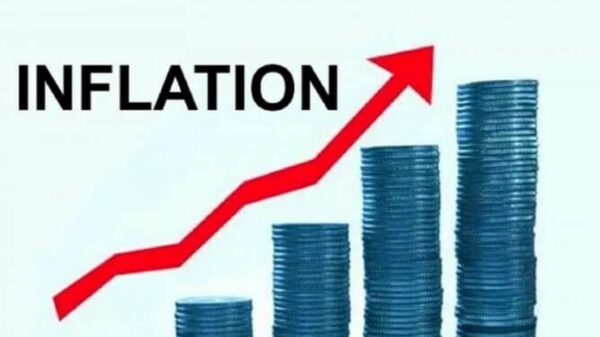





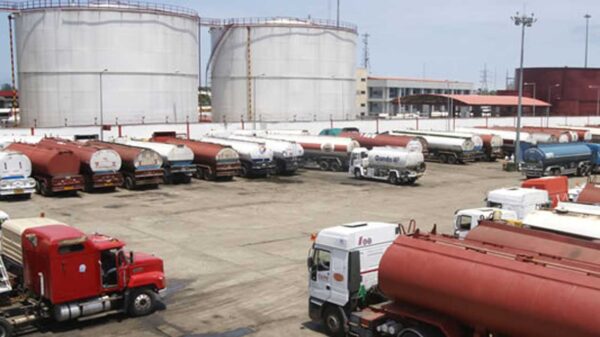


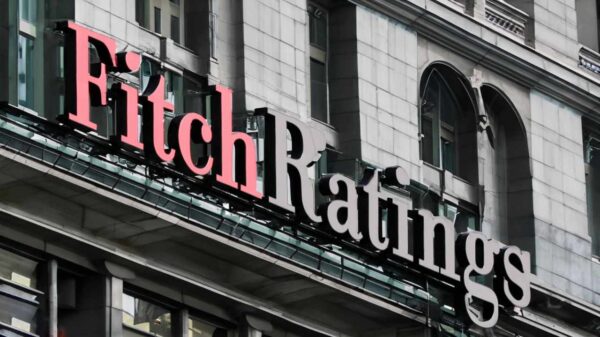










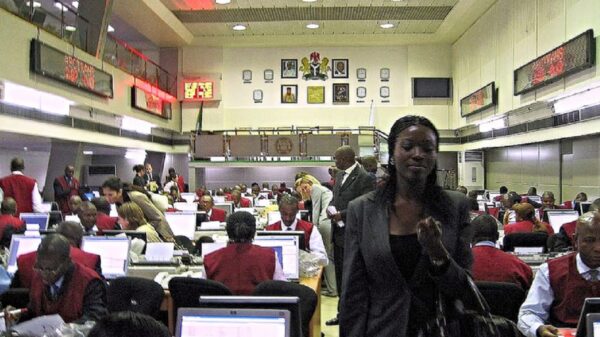
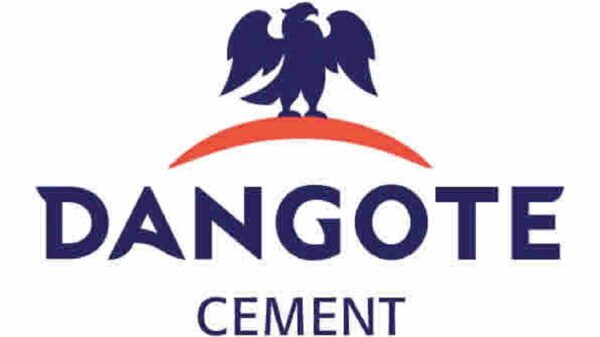
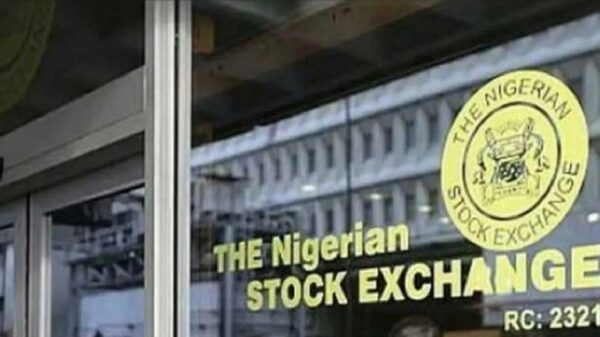




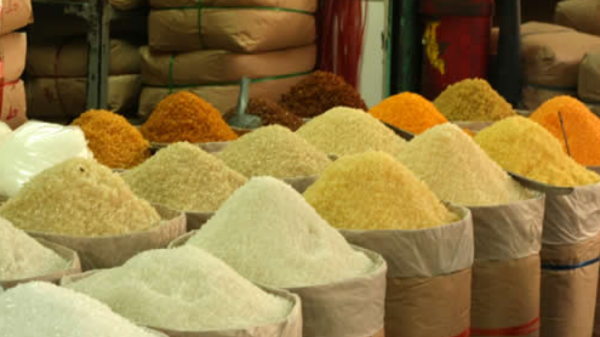

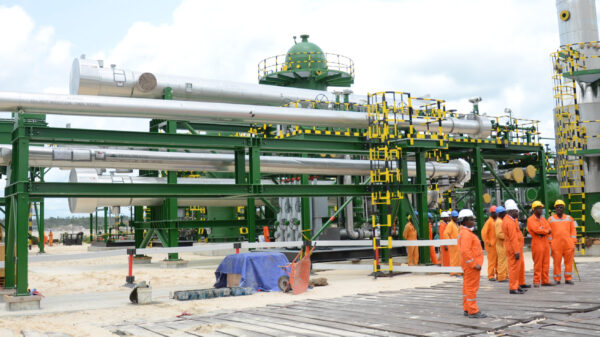


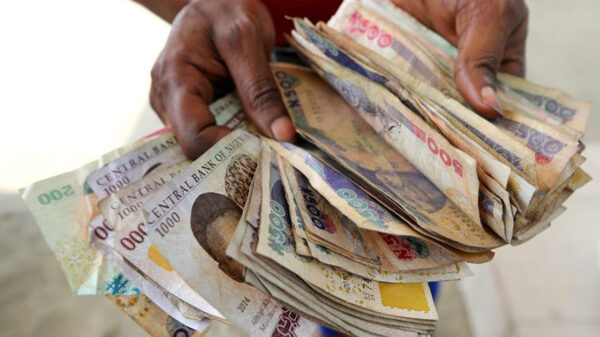
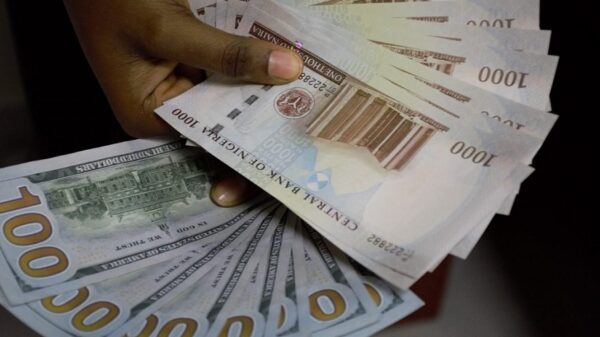
















You must be logged in to post a comment Login